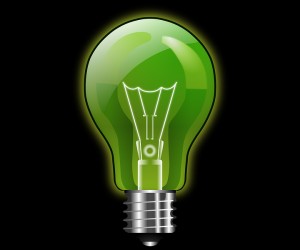While Eskom load-shedding has been off South Africans’ radar lately, energy efficiency has not. As businesses move to become more self-reliant and decrease their exposure to Eskom price volatility, Government says it is moving ahead with policy support for energy efficiency initiatives in homes, business and industry.
Government’s policy commitment to energy efficiency was clear from the May 2017 Budget Speech of Energy Minister Mmamoloko Kubayi, says Claire Tucker, partner and head of Public Law and Regulatory at pan-African law firm Bowmans.One of the most important promises the Minister made in relation to energy efficiency was to publish the embedded generation regulations for rooftop solar technology installations and other distributed generation technologies in 2017,” Tucker says.Presently, while the installation of rooftop solar panels for consumption by the installer is allowed, the sale of the electricity generated to a neighbour or back to the municipality is subject to regulatory hurdles. “Numerous municipalities are already approving the installation of rooftop photovoltaic systems that generate power into their local distribution systems. However, regulatory uncertainty caused by the delay in finalising the regulations and policy governing small embedded generation projects has made it difficult to obtain financing or to roll these projects out on a large scale.”
Tax incentive for self-generation
Government has for some time allowed an income tax incentive for renewable energy generation that is consumed by the installer. This includes a 100% allowance in the first year for embedded solar PV renewable energy for self-consumption with generation capacity of up to 1MW. “In general, the Income Tax Act provides for renewable assets to be written off over an accelerated three-year period,” Tucker says, “but Treasury put forward the 100% allowance to increase the uptake of solar PVs for self-consumption to ease the pressure on the national electricity grid.”
Taxpayers should bear in mind that the 100% allowance is only available if the asset is brought into use for the first time. “This prevents the taxpayer from claiming the allowance twice on the same asset,” she says. “The asset has to be brought into use for the purposes of the taxpayer’s trade in order to generate electricity from wind power, solar power, hydropower and biomass.” Examples of assets for which the embedded generation allowance can be claimed are likely to include PV panels, combiner boxes, inverters and batteries.Another energy efficiency initiative covered in the Minister’s budget speech was the Department of Energy’s solar water heater procurement and installation programme. An additional R441 million has been earmarked for this programme, Tucker says.










